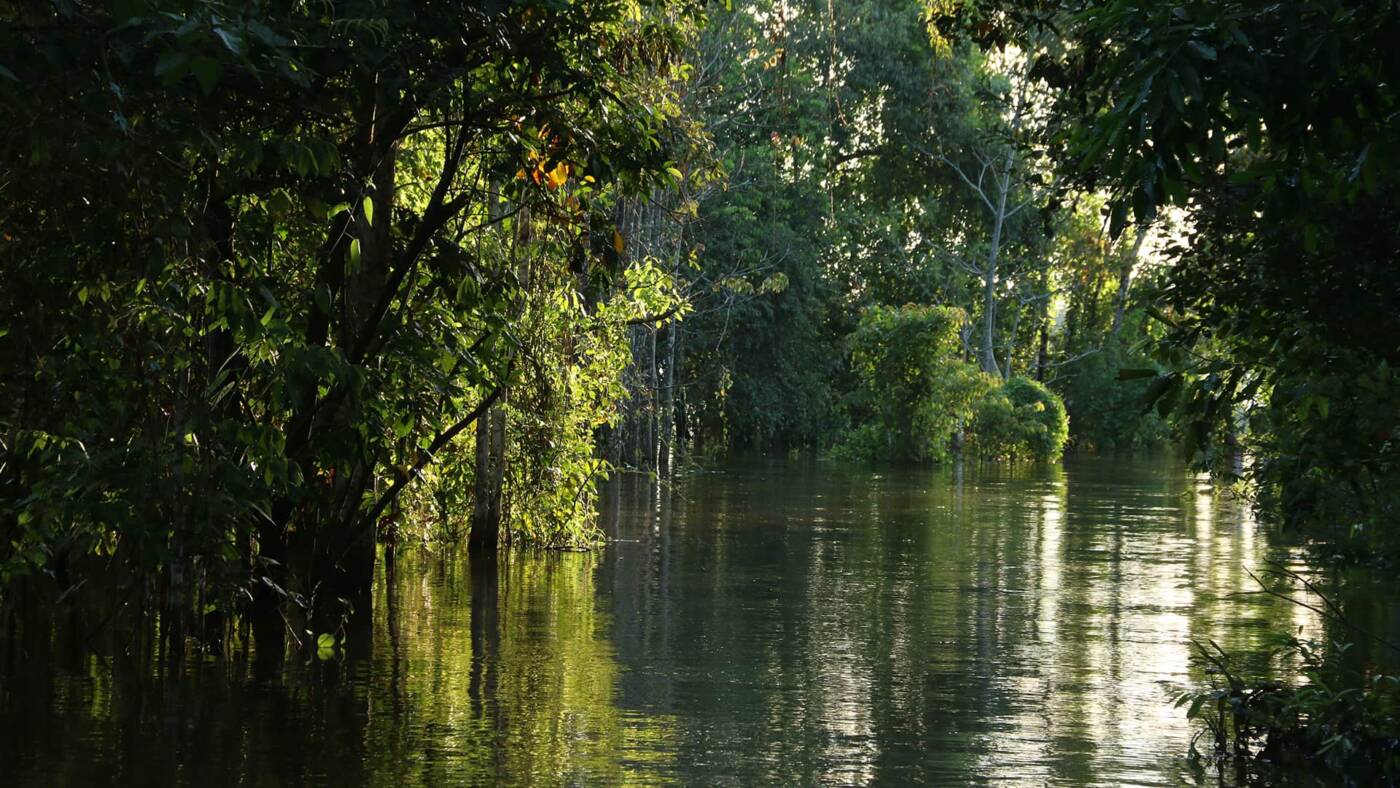With about 7 million square kilometers, covering 9 countries, the Amazon represents 1.4% of the Earth’s surface.
It is the largest tropical forest, which is home to the greatest biodiversity on Earth. Sixty thousand species of plants, mammals, reptiles, invertebrates, amphibians, fish, and birds live in the forest. This means that 15% of all the planet’s biodiversity is there!
There are more than 16,000 different types of trees (in all of North America, there are about 650 species). The Amazon is also the largest watershed in the world, with about a fifth of the planet’s total volume of freshwater and more than 3,000 types of fish that travel 25,000 kilometers of navigable waters.
Brazil concentrates about 60% of the Amazon basin, 4.2 million square kilometers extending over nine states: Amazonas, Pará, Mato Grosso, Acre, Rondônia, Roraima, Amapá, part of Tocantins and part of Maranhão.
According to Greenpeace, this immense vegetation cover stores 120 billion tons of carbon. The Amazon also harbors an enormous sociocultural diversity. Considering its political boundaries in each country, 33 million inhabitants live there, including 1.6 million indigenous people from 370 different ethnic groups, distributed in 2,200 territories.


Biggest Beetle
20cm

Biggest Spider
28cm

Biggest Fly
5cm

Biggest Bed Bug
10cm

Biggest Dragonfly
15cm

Biggest Moth
30cm

Biggest Cicada
9cm

Biggest Wasp
7cm
Sources: